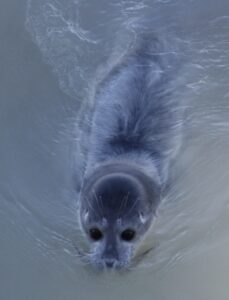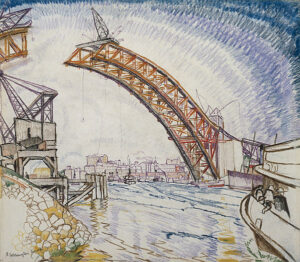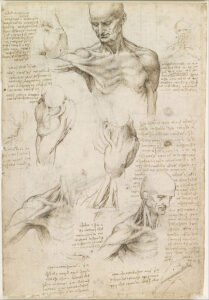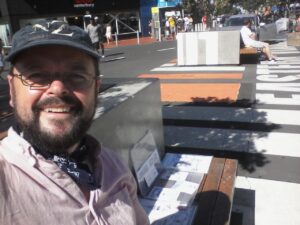Mothering Sunday, sometimes known as Mother’s Day, is held on the fourth Sunday of Lent. It is exactly three weeks before Easter Sunday and usually falls in the second half of March or early April.
Unlike many other ‘Days’ it wasn’t dreamt up by the greetings card industry to sell product but has its roots in a religious tradition.
Mother’s Day, or to give it it’s traditional name, Mothering Sunday, is now a day to honour mothers and other mother figures, such as grandmothers, stepmothers and mothers-in-law. Many people make a special effort to visit their mother. They take cards and gifts to her and may treat her to brunch, lunch or high tea in a cafe, restaurant or hotel. People who cannot visit their mother usually send gifts or cards.
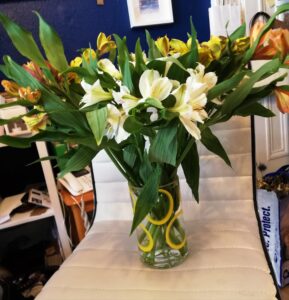
An important part of Mothering Sunday is giving cards and gifts. Traditional Mother’s Day gifts are cakes, flowers, chocolates, jewellery or luxurious clothing.

Modern Mother’s Day came into being in the United States as a result of a proclamation by President Woodrow Wilson in 1914. It is celebrated on the second Sunday in May as a result of a campaign by Anna Jarvis (1864-1948), whose own mother had died on May 9.
But in the UK, Mothering Sunday is a centuries old tradition when people returned to their ‘mother church’, the church in which they were baptized or where they attended services when they were children.
This meant that families were reunited as adults returned to the towns and villages where they grew up.
In time it became customary for young people who were working as servants in large houses to be given a holiday on Mothering Sunday. They could use this day to visit their own mother and often took a gift of food or hand-me-down clothing from their employers to her. Anyone who ever watched ‘A Woman of Substance’ on TV will remember Jenny Seagrove as Emma Harte running home from ‘the big house’ to visit her sick mother on Mothering Sunday. And if you haven’t every watched this classic 80s mini-series – you should!!!

This has evolved into the modern holiday, on which people still visit and take gifts to their mothers.
Traditionally, people observed a fast during Lent. Lent is the period from Ash Wednesday until Good Friday. During the Lent fast, people did not eat sweet, rich foods or meat.
However, the fast was lifted slightly on Mothering Sunday and many people prepared a Simnel cake to eat with their family on this day.

A Simnel cake is a light fruit cake covered with a layer of marzipan and with a layer of marzipan baked into the middle of the cake. Traditionally, Simnel cakes are decorated with 11 or 12 balls of marzipan, representing the 11 disciples and, sometimes, Jesus Christ. One legend says that the cake was named after Lambert Simnel who worked in the kitchens of Henry VII of England sometime around the year 1500.
Art & Craft Collective has a wide range of cards and gifts perfect for Mother’s Day – please do pop in and see us and the lovely selection on offer.

